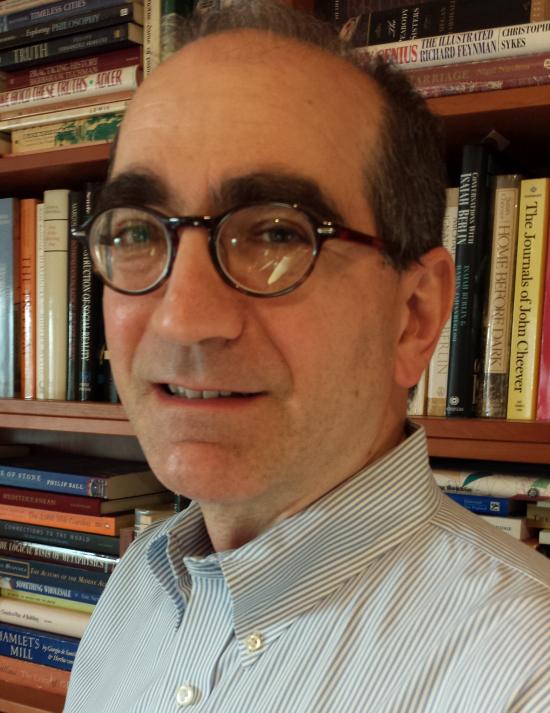The Means Don’t Quantify the Ends: Criteria and Metrics for Evaluating Digital Preservation Success
During a workshop at the 2006 Joint Conference on Digital Libraries, Clifford Lynch stated that digital preservation was “a metric that’s defied measurement.” Unfortunately, little progress has made since then. The scholarly literature and professional practice have focused extensively on the trustworthiness of preservation programs and systems, but given little attention to the question of the success of the resulting preservation outcomes. While there is broad consensus in the preservation field about what to do and how to do it, there is no such agreement about effective measures of how well it has actually been done. But without a clear sense of what constitutes success, how can one rationally plan for, expect, measure, or be held accountable for those outcomes?
This presentation will focus on work towards measurable metrics for digital preservation. The goal of digital preservation is often stated as ensuring ongoing access to and use of preserved resources. But the assessment of use is a slippery notion, as it is inextricably tied to a particular time, place, person, and manner; one person’s success could quite easily be another’s failure. Too often the field tacitly assumes that trustworthy means will necessarily lead to successful ends, but those ends should be independently evaluated. Beyond being a problem of appropriate data management, digital preservation should be seen more broadly as a problem of human communication across time, with an understanding that temporal distance implicates concomitant cultural distance. In these terms, the entire preservation enterprise — embracing the production and consumption, as well as management of digital resources — is susceptible to communicological analysis, leading towards a semiotic-phenomenological model for preservation-enabled communication. The granular components of that model can then be used to derive appropriate criteria and metrics for evaluating digital preservation success.
This is the second of two back-to-back sessions on cultural preservation. It follows Clifford Lynch’s presentation on Stewardship of the Cultural Record: How do we approximate cultural “production”?
Stephen Abrams is associate director of the UC Curation Center at the California Digital Library, and is responsible responsible for strategic planning, innovation, and technical oversight of the UC Curation Center’s services, systems, and initiatives in preservation, data curation, data management planning, and web archiving.










